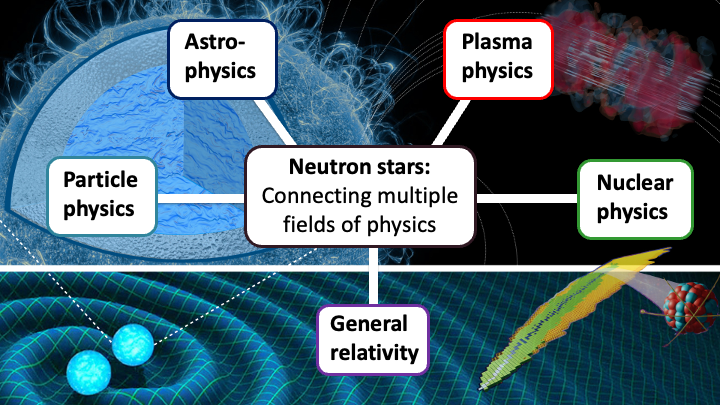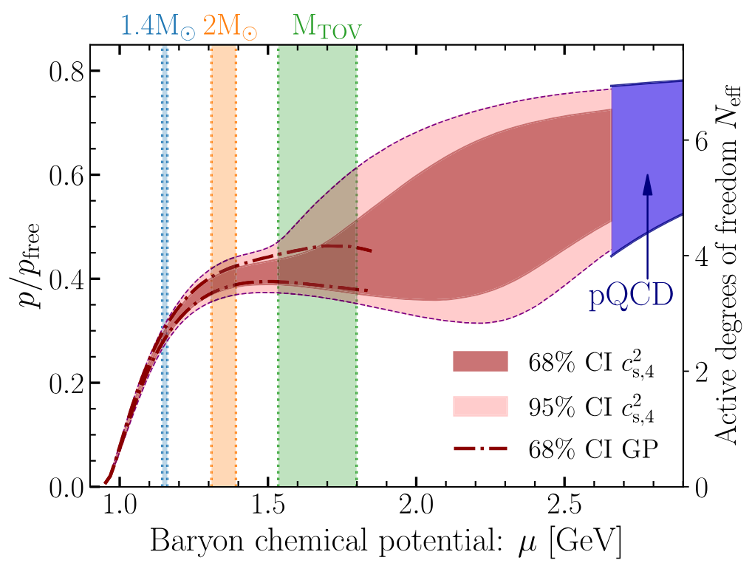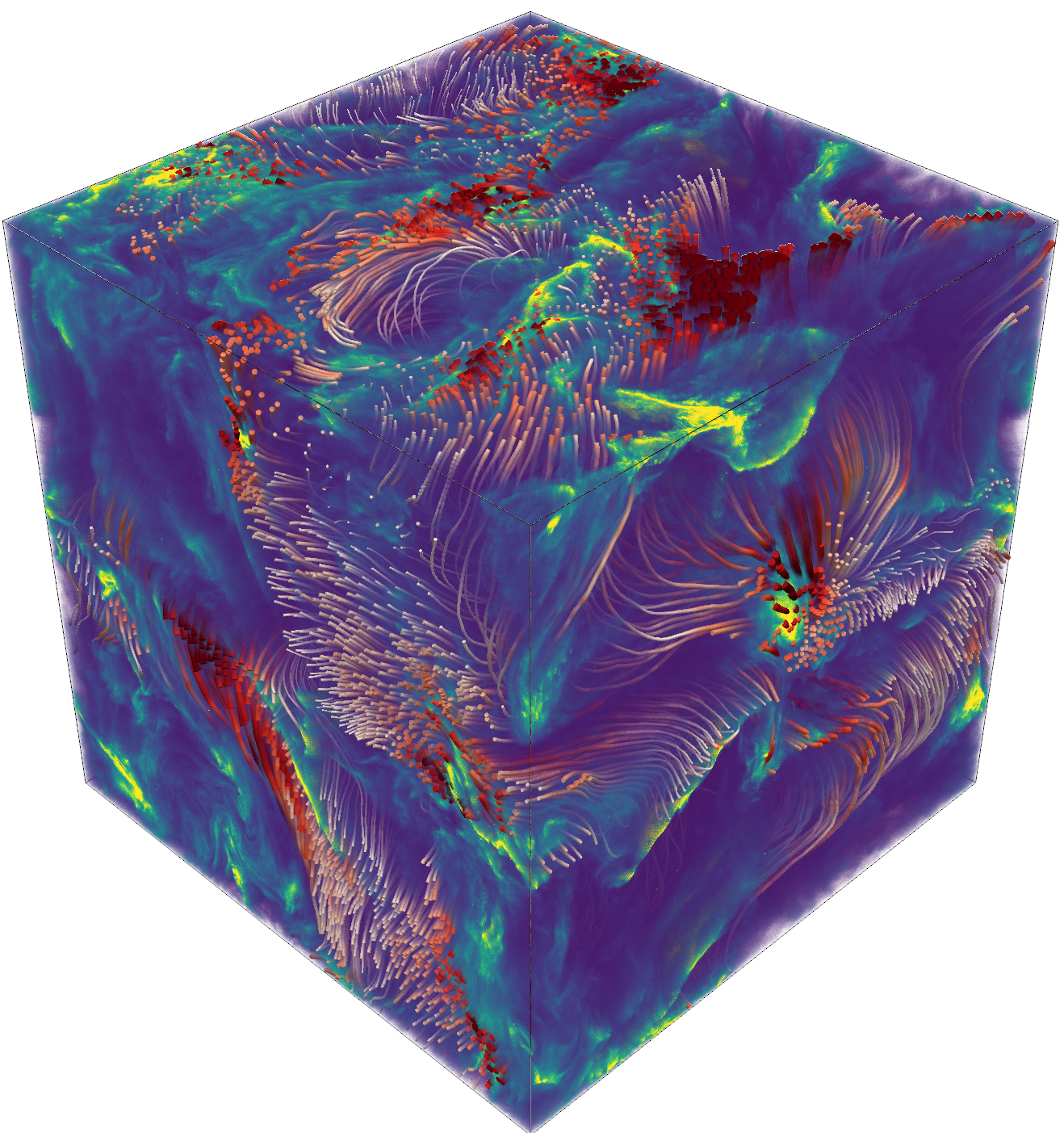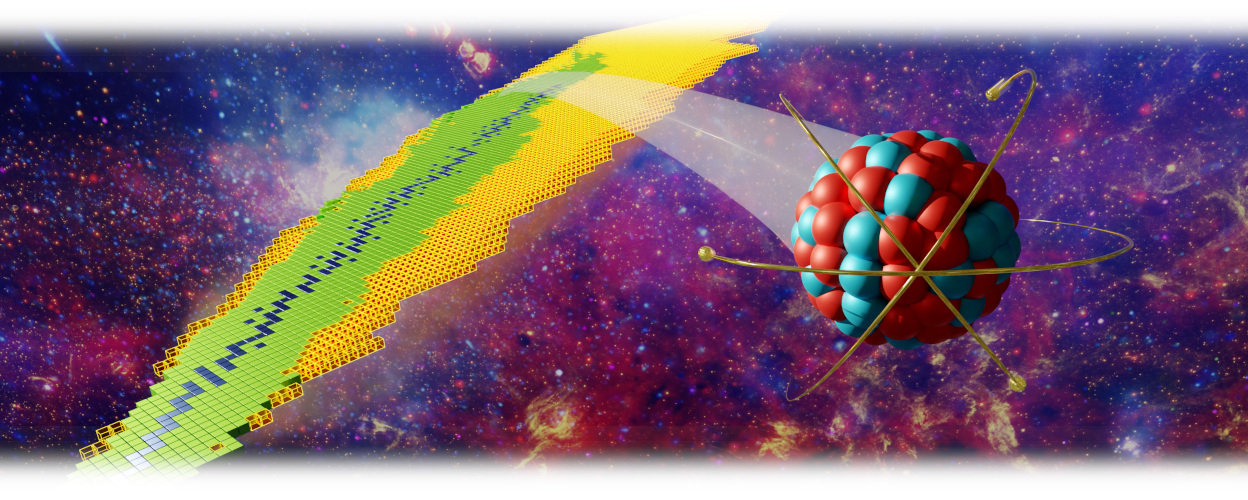Research groups
Center of Excellence in Neutron-Star Physics involves five different research groups studying neutron stars from all perspectives.

Theoretical Particle Physics - Aleksi Vuorinen

The research group of PI Aleksi Vuorinen concentrates on the first-principles description of dense quark matter, expected to be found in the inner cores of massive neutron stars and created in their binary mergers. In this work, we apply the machinery of perturbative thermal quantum field theory, with which we have derived state-of-the-art equations of state (EoSs) for dense quark matter both at vanishing and nonzero temperatures [1]. This work also requires the active development of novel computational tools for high-order thermal-field-theory computations, including the recent introduction of the so-called thermal Loop Tree Duality framework [2] in a line of work led by Risto Paatelainen.

We also apply these methods to phenomenological studies of the neutron-star-matter EoS, where we have actively developed model-agnostic, data-driven approaches to equation-of-state inference, incorporating information from theoretical calculations within nuclear and quark matter as well as astrophysical observations. Notably, we were the first group to apply the tidal-deformability constraints from the GW170817 merger to EoS inference [3], and the first to provide a quantitative and model-independent case for the presence of quark-matter cores in massive neutron stars [4,5].
Plasma Astrophysics - Joonas Nättilä

Plasma astrophysics is a new, emerging research field aiming to understand the dynamics of astrophysical plasmas - hot ionized gases - from first principles. The Computational Plasma Astrophysics research group led by PI Joonas Nättilä at the University of Helsinki uses theoretical and computational methods to study the most extreme plasma environments around neutron stars and black holes. Their group focus on understanding the radiative plasma physics of magnetar flares, neutron-star mergers, accretion flows around black holes, and enigmatic fast radio bursts.
High-performance computing solutions and open-source simulation tools are essential to the group’s research. To perform the numerical studies, the group maintains their own “computational laboratory” with a dedicated in-house, >5000-core supercomputer HILE. The cluster is used to develop the open-source plasma simulation framework runko.

Theoretical Nuclear Physics - Markus Kortelainen

The research group led by PI Markus Kortelainen focuses on development and application of advanced theoretical models for nuclear structure. At the core of our work lies nuclear density functional theory and energy density functional-based approaches, which serve as the principal framework for our investigations.

Our central research goal is to achieve a universal and predictive description of the properties of finite nuclei and nuclear matter. To achieve this, we employ a variety of nuclear structure models that provide input for astrophysical processes, such as nucleosynthesis and neutron star physics, as well as for tests of fundamental symmetries in physics. We actively collaborate with experimental groups, offering theoretical insights that help interpret newly measured data.
